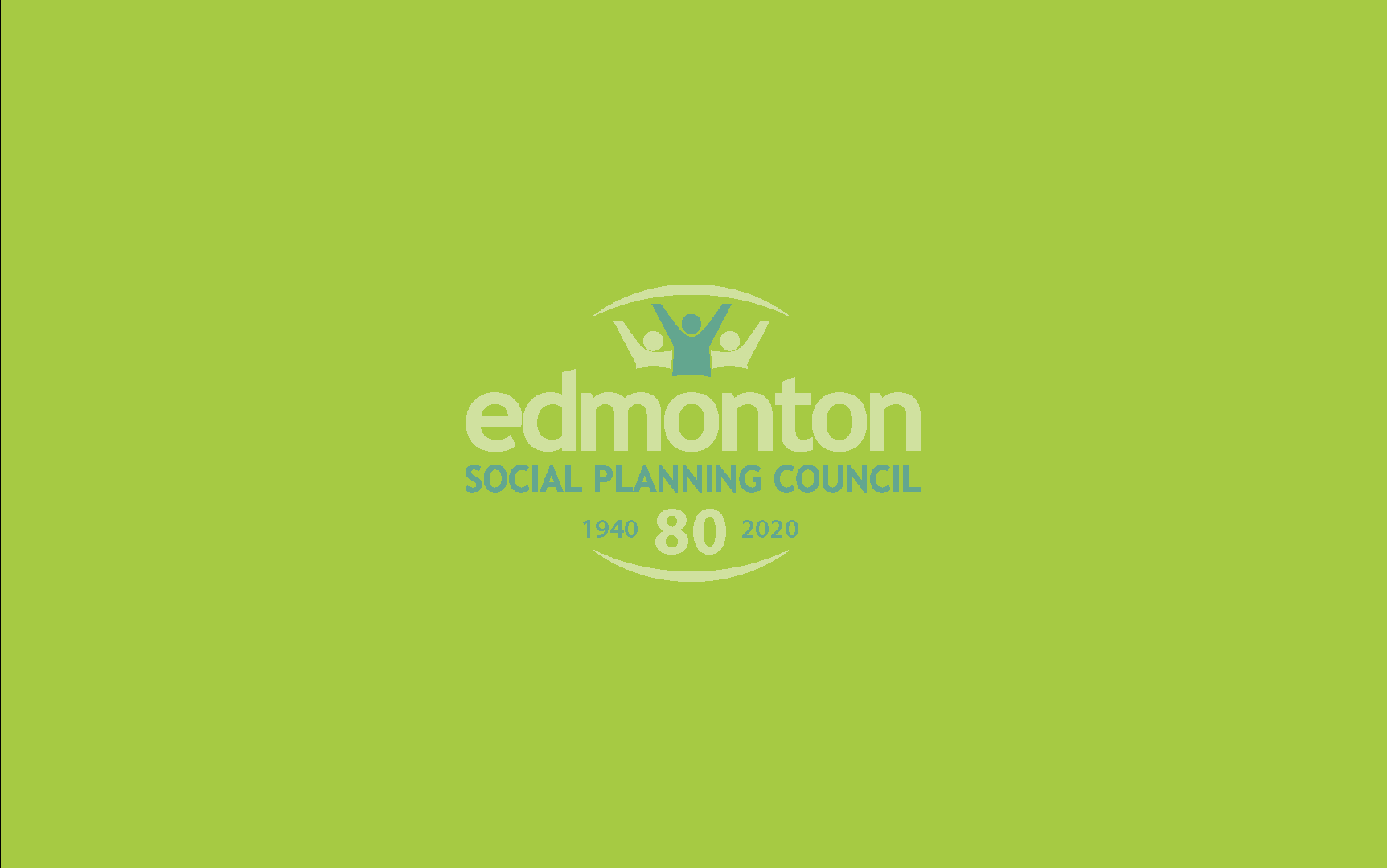[et_pb_section fb_built=”1″ _builder_version=”4.7.0″ custom_margin=”0px||0px||false|false” custom_padding=”0px||0px||false|false”][et_pb_row column_structure=”3_4,1_4″ use_custom_gutter=”on” gutter_width=”1″ _builder_version=”4.7.3″ _module_preset=”default” width=”100%” custom_margin=”0px||||false|false” custom_padding=”3px||5px|||” border_width_bottom=”1px” border_color_bottom=”#a6c942″][et_pb_column type=”3_4″ _builder_version=”4.7.0″ _module_preset=”default”][et_pb_post_title meta=”off” featured_image=”off” _builder_version=”4.7.4″ _module_preset=”default” title_font=”||||||||” custom_margin=”||3px|||” border_color_bottom=”#a6c942″][/et_pb_post_title][/et_pb_column][et_pb_column type=”1_4″ _builder_version=”4.7.0″ _module_preset=”default”][et_pb_image src=”https://edmontonsocialplanning.ca/wp-content/uploads/2020/12/COLOUR-BLOCKS_spaced-300×51.png” title_text=”COLOUR BLOCKS_spaced” align=”center” _builder_version=”4.7.7″ _module_preset=”default” max_width=”100%” module_alignment=”center” max_height=”50px” custom_margin=”0px|0px|0px|0px|false|false” custom_padding=”10px|0px|10px|0px|false|false”][/et_pb_image][/et_pb_column][/et_pb_row][et_pb_row column_structure=”3_4,1_4″ use_custom_gutter=”on” gutter_width=”1″ make_equal=”on” _builder_version=”4.7.4″ background_size=”initial” background_position=”top_left” background_repeat=”repeat” width=”100%” custom_margin=”0px|auto|0px|auto|false|false” custom_padding=”37px|0px|44px|0px|false|false”][et_pb_column type=”3_4″ _builder_version=”4.5.6″ custom_padding=”0px|0px|0px|0px|false|false” custom_padding__hover=”|||”][et_pb_text _builder_version=”4.7.4″ _dynamic_attributes=”content” _module_preset=”default” text_font=”||||||||” text_text_color=”#000000″ custom_padding=”||32px|||”]@ET-DC@eyJkeW5hbWljIjp0cnVlLCJjb250ZW50IjoicG9zdF9kYXRlIiwic2V0dGluZ3MiOnsiYmVmb3JlIjoiIiwiYWZ0ZXIiOiIiLCJkYXRlX2Zvcm1hdCI6ImRlZmF1bHQiLCJjdXN0b21fZGF0ZV9mb3JtYXQiOiIifX0=@[/et_pb_text][et_pb_text _builder_version=”4.7.4″ text_line_height=”1.6em” header_2_font=”|600|||||||” header_2_text_color=”#008ac1″ header_2_font_size=”24px” background_size=”initial” background_position=”top_left” background_repeat=”repeat” width=”95%” module_alignment=”left” custom_margin=”-1px|0px|2px|-96px|false|false” locked=”off”]
We at the Edmonton Social Planning Council are often humbled by how much we are constantly learning about racism, while grappling with our complicity in racist systems. Racism is a devastating social ailment. Its effects span across sectors, with implications in housing, employment, health care, justice, education, and community building. Systemic racism is a network of policies, attitudes, and collective histories that actively harms Black, Indigenous, and People of Colour (BIPOC). In this upcoming series of blog posts, we will be exploring a variety of topics related to racism in Canada. This includes the history of Indigenous and Black movements in Canada, systemic racism in education and justice, and the role of disaggregated, race-based data.
Racism—and all its insidious complexities—is rooted firmly into the society and structures in which we operate. As a society, we must eliminate systemic racism in all of its forms, whether it be explicit (e.g. the Indian Act, violations of the Alberta Human Rights Act, etc.), or implicit (e.g. the centering of “white” voices, colour-blindness, and exclusion of BIPOC individuals in decision making at organizational and governmental levels within community, work, and social services). The non-profit sector has long championed the rights of marginalized or disenfranchised populations. There are numerous excellent organizations and individuals doing important work to eradicate racism, but, despite this, racism persists.
Long have we known that racism contributes directly to economic harm here in Canada. Recent data has shown that racialized individuals are more than twice as likely to be in poverty compared to their non-racialized counterparts, and almost one in five Black Edmontonians are low-income, compared to less than one in ten non-Visible Minority.1 Racialized workers are also more likely to be unemployed (9.2% vs 7.3% as of 2016). This is despite the fact that racialized workers are more active in the labour force, either working or trying to find work. Since 2006, this trend has only gotten worse.
Another way of highlighting the impacts of racism and employment is to break down the effects of income disparity between different racialized groups. Black and Indigenous communities are still the more likely to be in poverty compared to their non-Black or Indigenous counterparts.2 People are treated differently based on their skin colour, including tenants who are rejected by their landlords, applicants who are turned away from prospective employers, and those looking for acceptance in community programs.3-5 These glaring disparities result in unacceptable gaps in health outcomes, educational attainment, and mental health challenges among racialized groups. We must work diligently to close these gaps so that our communities thrive in an equitable and just manner.
It is a myth that racism never existed in Canada or has been eradicated. Racial prejudices are reinforced by systems of power that actively harm Black and Indigenous individuals, families, and communities. It is not enough to focus on equity, diversity, or inclusion. Rather, we must become active participants in an ongoing and active process of fighting against individual, institutional, and systemic racism. It is about identifying, challenging, and dismantling structures that promote racism, and supporting ones that promote racial equity. This suite of activities is sometimes called anti-racism, and represents a transformative approach to combatting racism. On an individual level, being anti-racist means being “willing to admit the times in which [we] are being racist, [and] willing to recognize the inequities and the racial problems of our society, [and] willing to challenge those racial inequities by challenging policy.”6
We therefore invite all readers to join us in vulnerability as we become better allies, together. If you want to join the conversation, send us an email (info@edmontonsocialplanning.ca), follow us on Facebook or Twitter, or sign up for our newsletter.
Sources:
- Ngo, S. and Kolkman, J. (2019). A Profile of Poverty in Edmonton. Updated May 2019. Edmonton Social Planning Council. https://edmontonsocialplanning.ca/a-profile-of-poverty-in-edmonton-may-2019-update-2/
- Block, S., Galabuzi, G., and Tranjan, R. (2019). Canada’s Colour Coded Income Inequality. Canadian Centre for Policy Alternatives. https://www.policyalternatives.ca/publications/reports/canadas-colour-coded-income-inequality
- Edmonton Community Foundation and Edmonton Social Planning Council. (2015). Vital Signs: Edmonton’s Urban Aboriginal Population. https://edmontonsocialplanning.ca/vital-signs-edmonton-2015-2/
- Edmonton Community Foundation and Edmonton Social Planning Council. (2016). Vital Signs: Immigrants. https://edmontonsocialplanning.ca/vitalsigns-2016/
- Edmonton Community Foundation and Edmonton Social Planning Council. (2019). Vital Topic: Indigenous Women in Alberta. https://edmontonsocialplanning.ca/vital-topic-indigenous-women-in-alberta/
- Kendi, I. X. (2020). The difference between being “not racist” and antiracist. https://www.ted.com/talks/ibram_x_kendi_the_difference_between_being_not_racist_and_antiracist/transcript
[/et_pb_text][/et_pb_column][et_pb_column type=”1_4″ _builder_version=”4.7.4″ custom_padding=”0px|20px|0px|20px|false|false” border_color_left=”#a6c942″ custom_padding__hover=”|||”][et_pb_testimonial author=”Posted by:” job_title=”@ET-DC@eyJkeW5hbWljIjp0cnVlLCJjb250ZW50IjoicG9zdF9hdXRob3IiLCJzZXR0aW5ncyI6eyJiZWZvcmUiOiIiLCJhZnRlciI6IiIsIm5hbWVfZm9ybWF0IjoiZGlzcGxheV9uYW1lIiwibGluayI6Im9uIiwibGlua19kZXN0aW5hdGlvbiI6ImF1dGhvcl93ZWJzaXRlIn19@” portrait_url=”@ET-DC@eyJkeW5hbWljIjp0cnVlLCJjb250ZW50IjoicG9zdF9hdXRob3JfcHJvZmlsZV9waWN0dXJlIiwic2V0dGluZ3MiOnt9fQ==@” quote_icon=”off” disabled_on=”on|off|off” _builder_version=”4.7.4″ _dynamic_attributes=”job_title,portrait_url” _module_preset=”default” body_text_color=”#000000″ author_font=”||||||||” author_text_align=”center” author_text_color=”#008ac1″ position_font=”||||||||” position_text_color=”#000000″ company_text_color=”#000000″ background_color=”#ffffff” text_orientation=”center” module_alignment=”center” custom_margin=”0px|0px|4px|0px|false|false” custom_padding=”32px|0px|0px|0px|false|false”][/et_pb_testimonial][et_pb_text disabled_on=”on|off|off” _builder_version=”4.7.4″ _dynamic_attributes=”content” _module_preset=”default” text_text_color=”#000000″ header_text_align=”left” header_text_color=”rgba(0,0,0,0.65)” header_font_size=”20px” text_orientation=”center” custom_margin=”||50px|||” custom_padding=”48px|||||”]@ET-DC@eyJkeW5hbWljIjp0cnVlLCJjb250ZW50IjoicG9zdF9jYXRlZ29yaWVzIiwic2V0dGluZ3MiOnsiYmVmb3JlIjoiUmVsYXRlZCBjYXRlZ29yaWVzOiAgIiwiYWZ0ZXIiOiIiLCJsaW5rX3RvX3Rlcm1fcGFnZSI6Im9uIiwic2VwYXJhdG9yIjoiIHwgIiwiY2F0ZWdvcnlfdHlwZSI6ImNhdGVnb3J5In19@[/et_pb_text][/et_pb_column][/et_pb_row][/et_pb_section]
